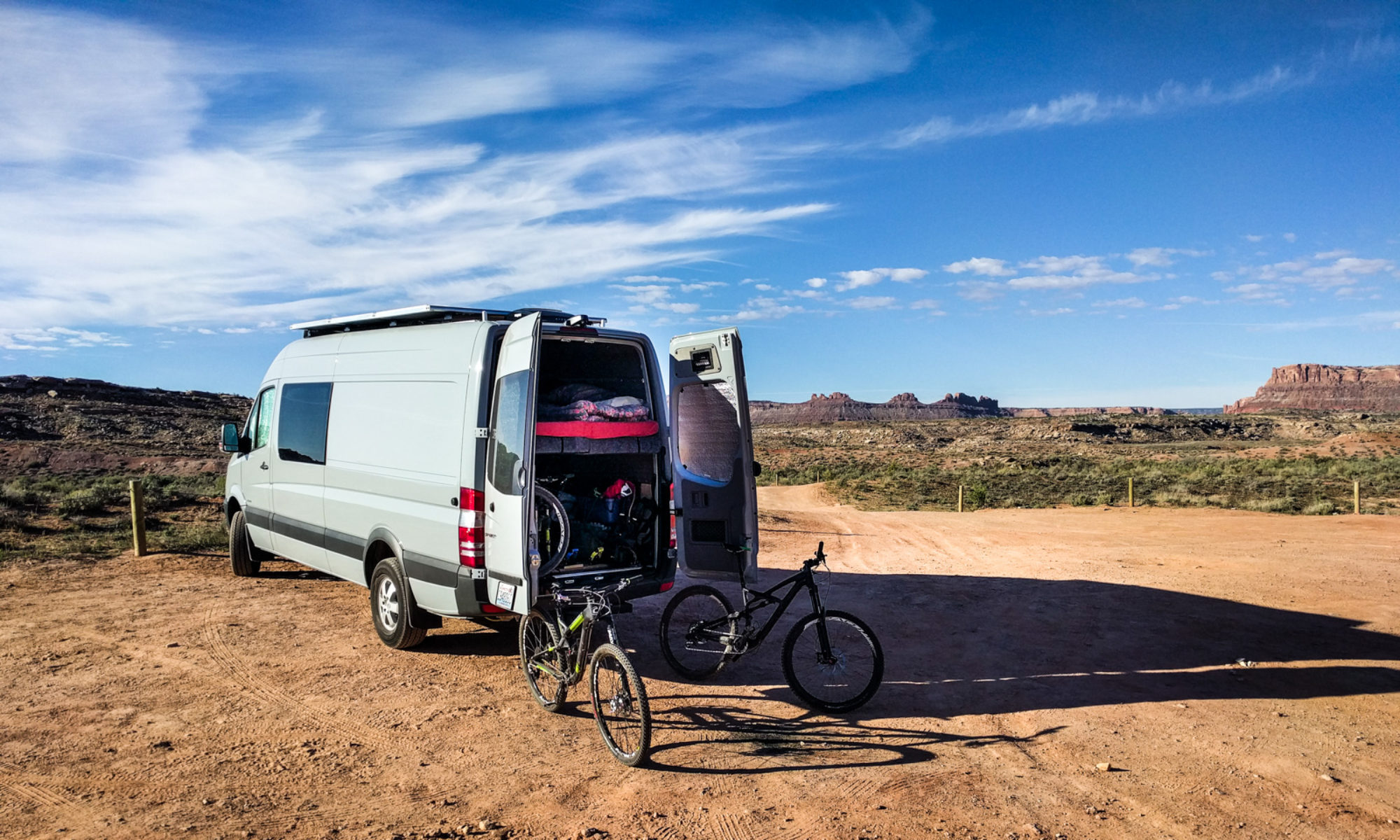The water you’ve used for washing yourself or your dishes is known as grey water. And guess what? It really is grey! It’s not likely to be good for watering the neighboring bushes, especially if you plan on staying in the area for a while. It’ll start to stink and attract flies.
Grey water contains all the stuff that you’ve washed off yourself or your dishes. You can keep it slightly nicer by using low-suds camp soap. Also, we’ve found that toothpaste sticks to everything. Spitting it in the trash (or the fire pit if your camp site has one) will keep your grey water cleaner.
We use a strainer in the sink to remove larger food particles, and throw those in the trash (tip: we finally found a small enough strainer for our drain, but you can always use a larger one upside-down if necessary). The less biological stuff there is in the water, the less it’s going to grow nasty things and stink the place out.
We also use a plastic bowl in the sink so that we can do the dishes outside, and if we’re in a place where we’re allowed to throw the water away, it’s easy to do so straight from the bowl.
Why try to keep the grey water cleaner? Well, you’re going to have to store it and dispose of it. We have two five gallon grey water tanks under our sink. We use them in rotation. They don’t tend to get really stinky inside, because we empty them when we can. But we can see the potential for them to just be nasty if we don’t take care of our waste water.
We like to minimize our waste water and dispose of it in suitable locations.
Minimizing waste water
A “Navy shower” is defined variously as a two- or three-gallon shower. The idea is to get wet, turn off the shower while you lather up, and then quickly rinse off.
We have got showering down to under a gallon of water. Our Scandvik shower head has a push-button so it only sprays water when you actively mean it to. On the right in the picture below, you’ll see around 1 gallon of water used for a hair wash and trail dust removal after biking. On the left, about a ½ gallon shower and shave (some water spilled on the ground!).
The trick is to do single body parts at a time, starting at the top, draining the water down your body into a bowl. Using a washcloth makes it easier to apply and remove soap. By the time you reach the bottom, the water is dirty but then so are your feet. It’s simple to just rinse off with a little fresh water.
For dish washing, we tend to heat water in the largest pan we used, then wash everything up in that pan. By the time we’re done, the pan itself is pretty clean too.
Obviously, if you were heating some nasty, sticky, goopy substance in the pan then this method won’t work too well, but most of the time it’s an easy way to save water. We do have some great silicone spatula/spoon things, and they scrape pretty much all the food out of the pan before it gets to the water heating/washing stage. It’s actually amazing how clean they get the pan on their own!
Disposing of grey water
Disposal depends on where you are. Most camp sites and government agencies (Forest Service, BLM, …) frown on the idea of using it to “water the plants” because of the amount of extra junk it contains. If nothing else, you won’t want to do this if you’ll be camping in the same location for a few days because it tends to attract flies.
In these situations you might have to carry it out (which is why we have the two proper 5 gallon grey water containers). Then you can dispose of it at an RV dump station or pour it down a flushing toilet. One thing that grey water is good for is putting out camp fires before you go to bed. We’ve found that this tends to also cook off the particulate matter in the water.



